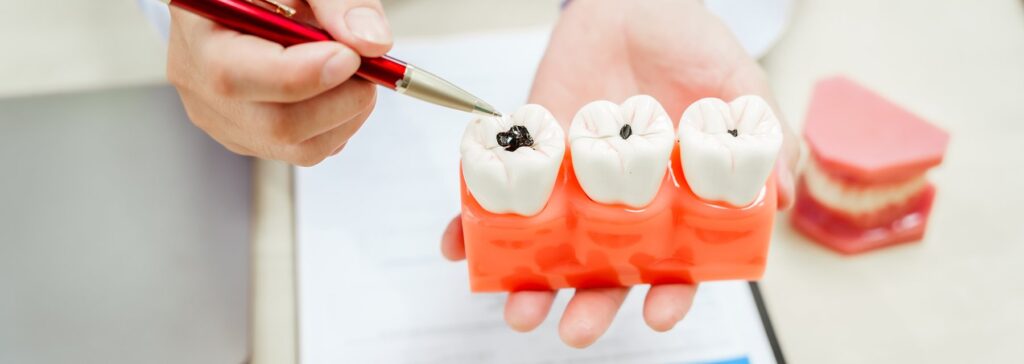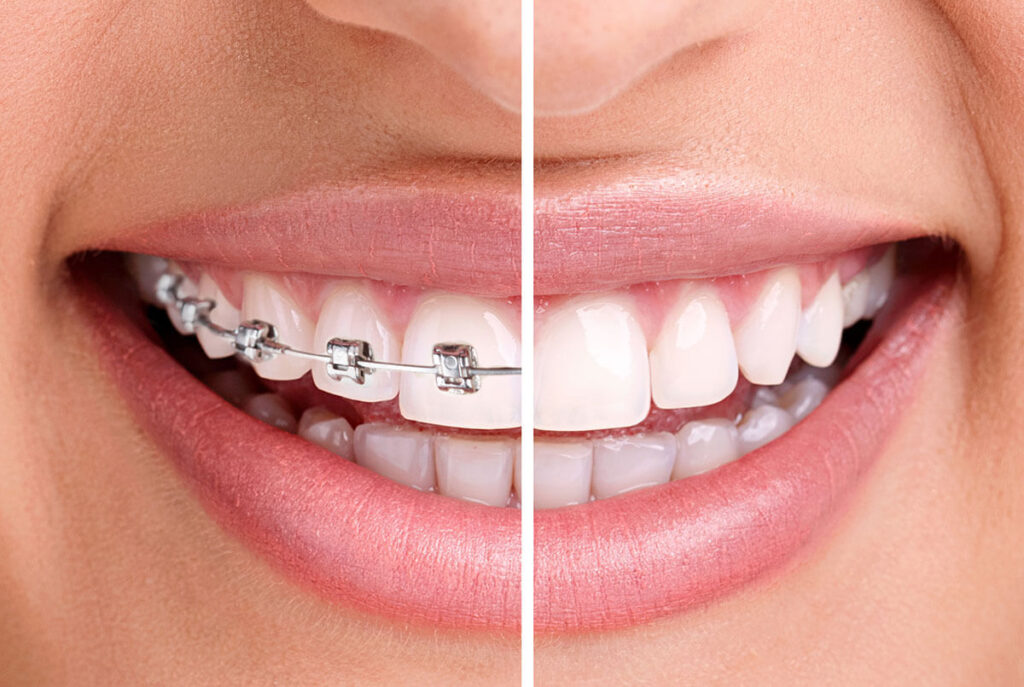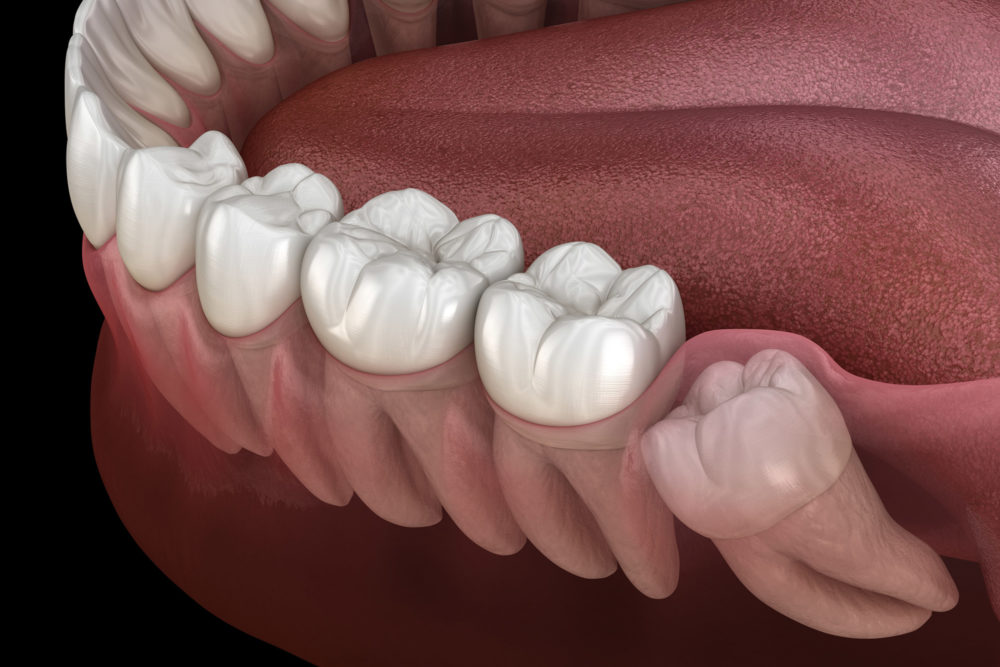The human hand is capable of performing a wide variety of complex tasks and movements needed to carry out day to day activities as well as specialized tasks that require gripping and grasping different objects varying in shapes and sizes. The anatomical structures that make up the hand-wrist complex impart the required flexibility and movement for performing different tasks and interacting with the surroundings.
However, following amputation leading to the loss of hand, upper limb amputees face catastrophic functional limitations and the provision of different prosthetic hands/hooks and other types of terminal devices restore their functional capabilities. These terminal devices can be either active or passive, body powered or electronic. Bionic arms with powered terminal devices very closely resemble the anatomical hand in appearance as well as function and thus, provide substantial amounts of grips and grasps.
The different types of grips afforded by bionic hands include –
Power Grip
Power grip is characterized by the thumb opposing the rest of the fingers close to the hand, till the fingers interact with the object. This type of grip is used for those activities that require high force but low amounts of precision. This includes spherical and cylindrical grips along with hook grips.
USES –
- Lifting up large objects like a blender or a big box
- Operating objects with handles like a mug, doors and windows, tools like hammers, sporting instruments like racquets, golf clubs, cricket and baseball bats
- Holding spherical or flattened round objects like balls, apples, operating door knobs, lids of tubs
- Holding cylindrical shaped objects like bottles, glasses, screwdrivers
- Shaking hands
- Climbing activities
Hook Grip
Hook grip is a type of power grip where all the fingers are to grasp objects that are thin or have small diameters.
USES –
- Holding a bucket
- Carrying a briefcase, shopping bags
- Hanging from a rod (exercise equipment)
- Using automobile steering wheels
Precision Grip
Precision open grips use opposing thumbs for manipulating small objects with the index finger to form a pinch with the remaining fingers in extension. Precision close grips are similar to open grips but the remaining 3 fingers are in flexion. This grip provides visual access to the users.
USES –
- Holding a pen
- Threading a needle
- Holding and using spoons, knives, forks and similar instruments.
Finger Point Grip (Column Grip)
This is a static type of grip where the isolated and rigid index finger is used to carry out activities requiring it to be in a pointing attitude whereas the thumb is in non opposition or stabilizes the index finger while the remaining fingers are closed.
USES –
- Typing on a keyboard
- Tapping on touch screens
- Pushing switches, buttons and levers
- Pointing gesture
Tripod Grip (also referred to as Pinch Grip)
The index and middle fingers are in contact with the thumb to grasp objects in between them. Ring and little finger remain open or close with no part to play in gripping the objects.
USES –
- Writing with pens, pencils
- Holding car keys, straws, small objects like coins, eggs, pins, tweezers
Open Palm
The hand remains open offering a slightly flat area supported by the thumb to carry out activities.
USES –
- Carrying utensils like plates, bowls, trays
- Holding and carrying books
- Gestures like waving, prayer
- Wiping and cleaning different surfaces
Key Grip
This is a pad to side precision grip where the thumb approximates on the side of the index finger facilitating the grasp of flat and thin objects.
USES –
- Grasping magazines, papers, keys, cards
- Holding spoons and knives
Mouse Grip
This grip is used while operating a computer mouse where the thumb and the little finger grip the mouse on both the sides, the index finger is used to click the buttons on the mouse and the remaining fingers support the mouse.
Active Index Grip
As suggested by the name, the index finger actively operates objects and instruments that have triggering mechanisms while the hand grasps the object.
USES –
- Using power tools, sprays, dryers
- Pushing gun and pistol triggers
Lateral Prehension
The adjacent fingers contact with each other (adduct) and move away from each other (abduct).
USES – sprunki horror Endless Fun Awaits!
- Holding thin objects in between fingers like cigarettes



